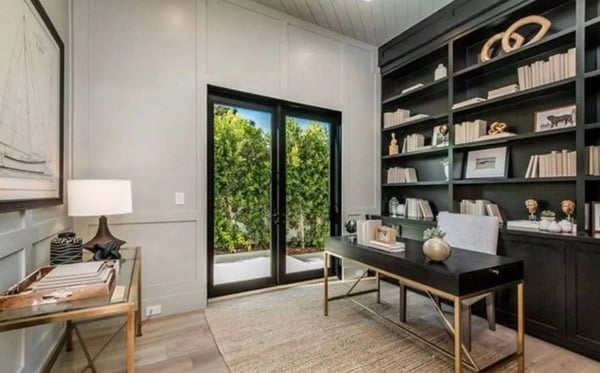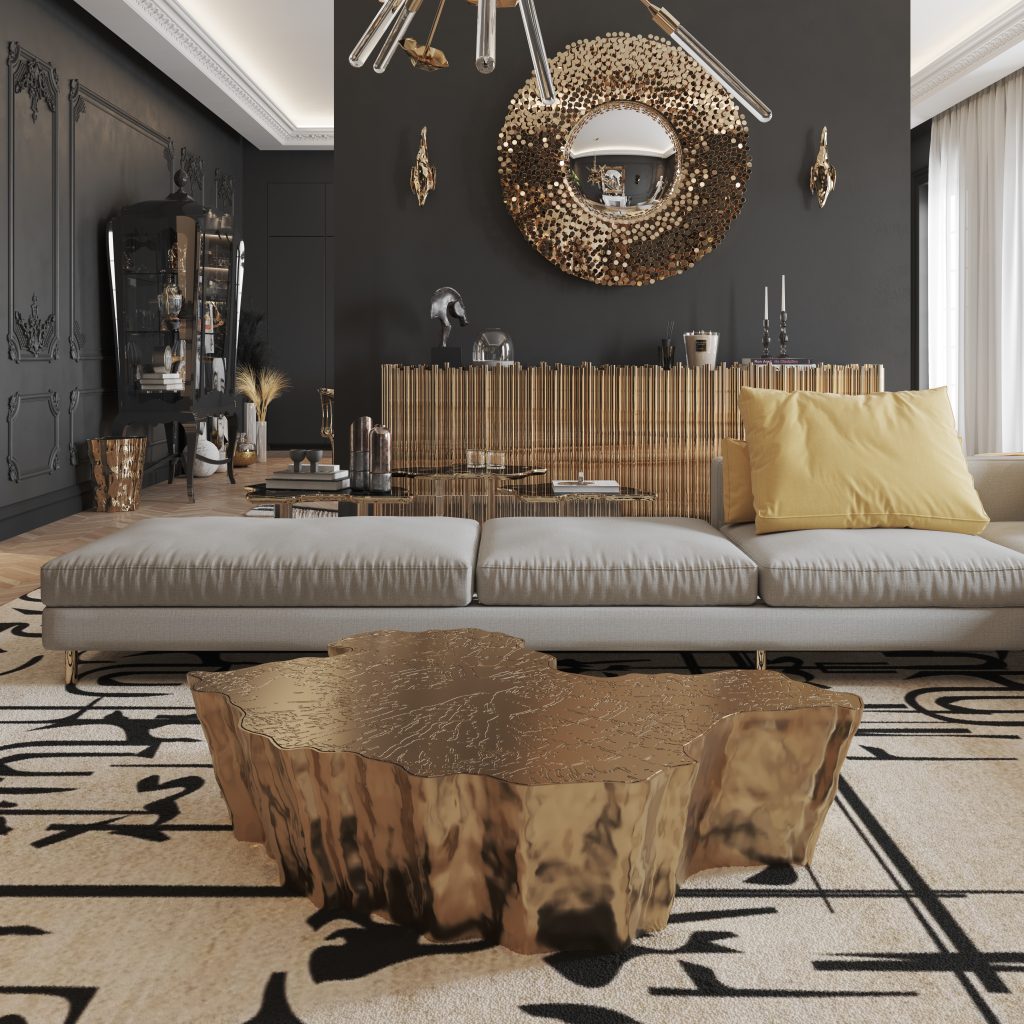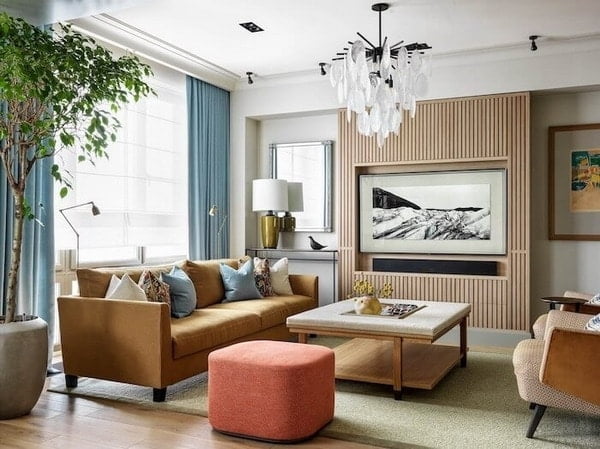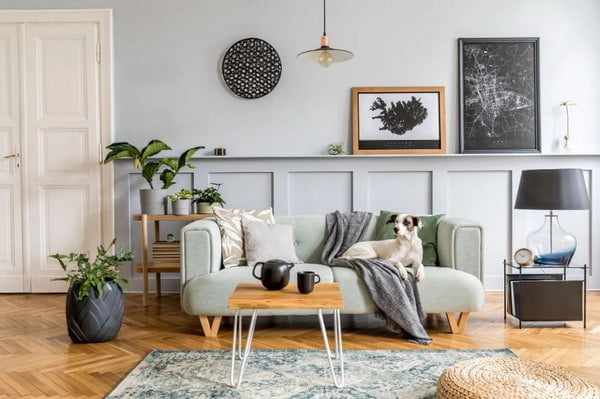8 Fresh Home Decor Trends for 2022

Eco-Friendly Materials and Sustainable Living

In 2022, there's a profound shift towards sustainability in home decor. Consumers are becoming more conscious about the environmental impact of their purchases. Here are some key trends:
- Natural Fibers: Cotton, linen, hemp, and bamboo are becoming popular for their lower environmental footprint.
- Recycled Materials: From furniture made with reclaimed wood to decorative items crafted from repurposed metals or plastics.
- Organic Dyes: The use of natural, organic dyes minimizes the release of harmful chemicals into the environment.
🌿 Note: When choosing eco-friendly decor, ensure the products are certified for their sustainability claims. Look for labels like FSC (Forest Stewardship Council) or Oeko-Tex.

Maximalist Interiors

While minimalism was the trend for years, maximalism is making a bold statement in 2022. This trend is all about:
- Rich Color Palettes: Think vibrant jewel tones and bold prints.
- Layered Textures: Mixing and matching different textures for a layered, cozy look.
- Artistic Expressions: Artwork, gallery walls, and unique artifacts that tell a story.
🎨 Note: Maximalism isn't about clutter but curated chaos. Make sure each item has a place and purpose to avoid the space feeling overwhelming.

Virtual and Augmented Reality in Design

The integration of virtual and augmented reality into home decor design is gaining traction:
- Virtual Home Tours: Allowing buyers to experience the ambiance of a space before purchase.
- AR Design Apps: Tools like IKEA Place help visualize furniture in your home before buying.
- Custom Design: VR allows homeowners to design their spaces with real-time visualization.
The digital and physical worlds are merging, creating unique opportunities for personalized home design.
🌐 Note: VR/AR design tools are still evolving. Check for compatibility with your device and the accuracy of the visualization for the best experience.

Upcycling and DIY

DIY and upcycling projects remain a popular trend as individuals seek to personalize their spaces while reducing waste:
- Reclaimed Furniture: Giving old furniture new life through paint, upholstery, or structural modifications.
- Art from Everyday Objects: Transforming ordinary items into art pieces or functional decor.
- Craft Workshops: Joining community workshops to learn new skills and create custom pieces.
Here's a simple table for some DIY project ideas:
| Project Type | Materials Needed | Estimated Time |
|---|---|---|
| Reupholstered Chair | Old Chair, Fabric, Staple Gun | 2-4 hours |
| Painted Wall Art | Canvas, Paint, Brushes | 1-2 hours |
| Pallet Furniture | Pallets, Sandpaper, Screws | 4-8 hours |

🔧 Note: Always ensure safety when engaging in DIY projects, especially when using tools or working with electricity.

Retro and Vintage Revival

The past is influencing the present with a revival of retro and vintage decor:
- 70s and 80s Nostalgia: Bold patterns, warm colors, and statement pieces are back in vogue.
- Mid-Century Modern: Furniture with clean lines, wood accents, and organic shapes.
- Art Deco Influence: Shiny metals, geometric patterns, and luxurious materials.
People are mixing these nostalgic elements with modern design, creating a unique blend that honors the past while embracing the future.
🕰 Note: Vintage shopping can be overwhelming. Set a budget and look for pieces that are in good condition or can be easily restored.

Bold Curves and Organic Shapes

After years of sharp lines, curves are coming back into home decor:
- Curved Furniture: Sofas, tables, and chairs with rounded edges.
- Arched Entryways: Adding a soft touch to room transitions.
- Abstract Art: Art pieces with organic forms and shapes.
These trends are all about softening spaces, creating a more welcoming and fluid environment.
🌼 Note: When incorporating curves, consider the flow of the room. Ensure furniture placement allows for natural movement through the space.

Biophilic Design

Biophilic design, inspired by nature, is about more than just adding plants:
- Indoor Gardens: Living walls, plant terrariums, and organic gardens inside the home.
- Natural Elements: Wood, stone, water features, and natural light.
- Outdoor Inspiration: Bringing the outdoors in with materials, colors, and textures that mimic nature.
Connecting with nature in this way can improve mental health, reduce stress, and enhance productivity.
🌱 Note: Care for biophilic elements requires commitment. Choose plants and designs that you can maintain for long-term enjoyment.

Smart Home Decor

The integration of technology into home decor continues to evolve:
- Smart Lighting: Systems that allow for personalized ambiance and energy efficiency.
- Voice-Activated Devices: Controlling home elements through voice commands.
- Connected Appliances: From fridges to coffee makers, everything is becoming smarter.
Smart home technology is making spaces not only visually appealing but also incredibly functional.
💡 Note: Ensure that your smart devices are secure and from reputable manufacturers to protect your privacy.

By embracing these trends, you can transform your home into a space that’s not only stylish but also reflects your values and lifestyle. From eco-conscious choices to embracing technology, the trends of 2022 offer something for every home.
What are the benefits of using eco-friendly materials in home decor?

+
Using eco-friendly materials reduces environmental impact, improves indoor air quality, and often supports sustainable practices in production, which can contribute to a healthier planet and living space.
How can I start incorporating a maximalist style into my home?

+
Begin with a color theme, add layers of texture, and include unique art pieces or artifacts. Remember, maximalism is about curated expression, so each item should have significance or contribute to the overall aesthetic.
Are smart home devices worth the investment for regular homeowners?

+
Yes, they can enhance convenience, improve energy efficiency, and provide added security. However, ensure you understand the technology and opt for devices with good user support.
What should I consider before starting a DIY project in home decor?

+
Consider your skill level, the time you can commit, and the functionality of the project. Safety and planning are crucial to ensure successful outcomes.
What’s the difference between biophilic design and just adding plants to my home?

+
Biophilic design goes beyond plants; it’s about integrating natural light, materials, colors, and textures that mimic nature to create a holistic connection with the natural world.